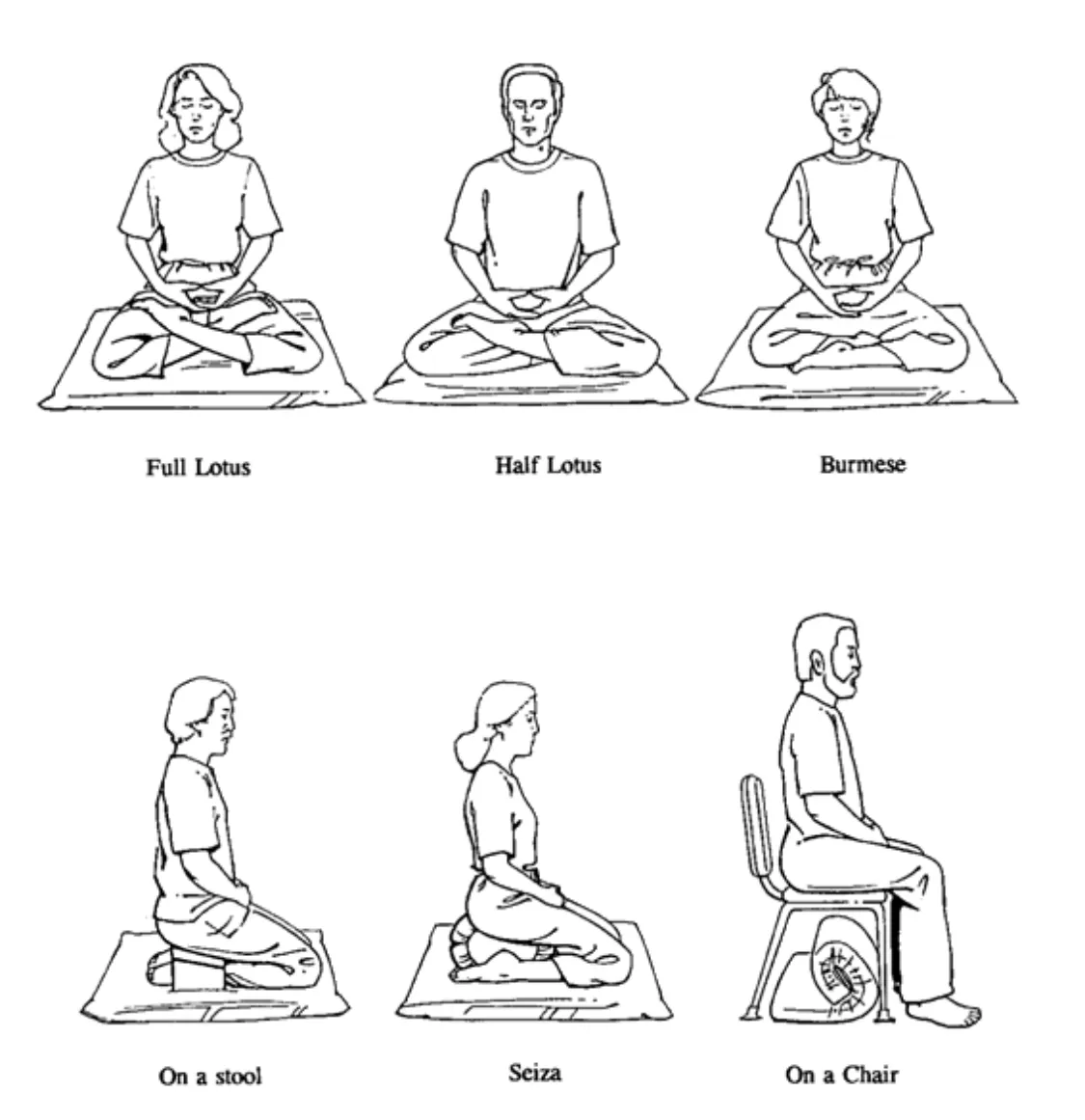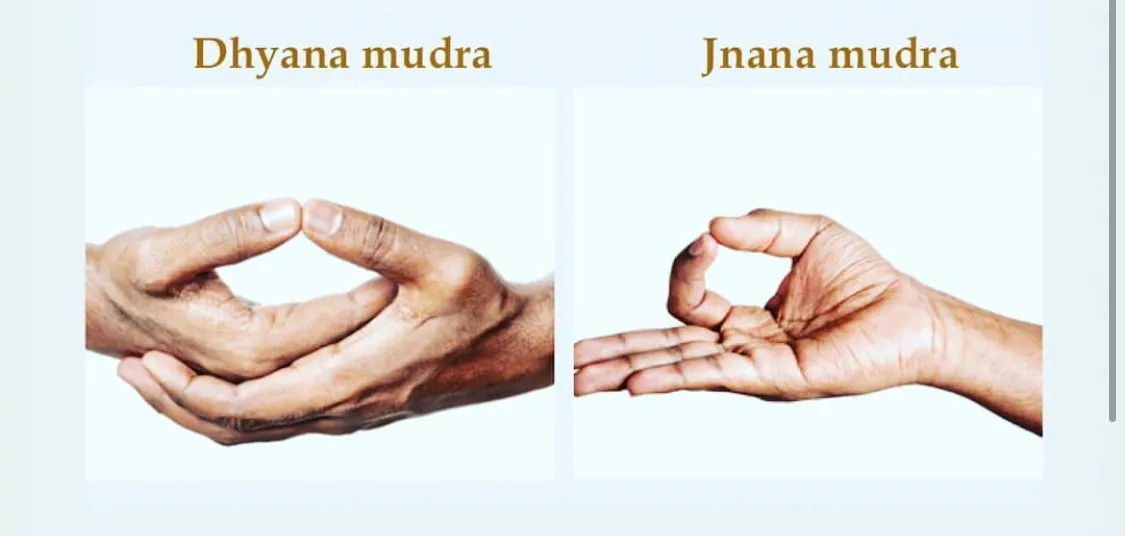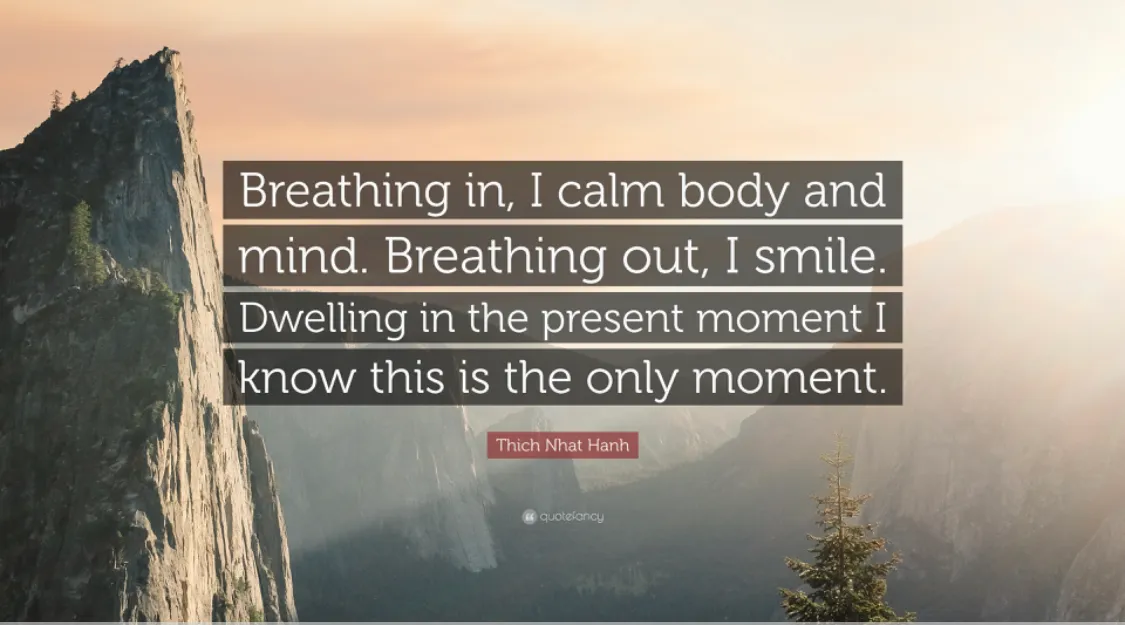Hello Kind Mindful Steemians!
In my previous post Loneliness can be a Myth when “Breath” is your best friend! I mentioned that the breath meditation collects our scattered mind to focus on one thing, the breath. Breath meditation brings us intensely into present moment which can lead to calm, tranquillity and peace. When we are one with breath, the breath is the most delightful companion we could have. Here we are going to focus on “How to do breath meditation?” Acknowledging many different techniques of breath meditation this is written primarily for meditation naïve or novices or beginners. Although some established meditators may find this refreshing and motivating to continue meditation practice regularly. Any feedback or suggestion is gratefully received.
Preparation
- Space and Time: Find the most appropriate time of the day for you to sit down quietly when there are least distraction and disturbances possible. Find quiet space. It is highly worth making a specific space just for meditation, it could be a separate room or just a corner of a room.
- Sitting and hand positions: There are many ways to sit for meditation practice, some examples are shown below. Sit comfortably with the spine erect but not too stiff. You can sit on the floor with crossed leg (or lotus position if you prefer) or on the chair. It is preferable not to lean on the wall or back support of the chair. At the beginning stage, the most important is to sit in a way that is most comfortable to you so you don’t have to move your body much during meditation.

Again, many different ways to put your hands while meditating including Dhyanna mudra, Jnana Mudra as shown below. Although different hand positions has specific purpose we will leave those details for another time. At this stage put your hands in any of following position or you can put your hand just on the knees palms down or up without specific posture.

- Check In: Once you are settled with your meditation posture, CHECK IN. As if you are checking in the hotel having left your home and all belongings, tell yourself “I am going for meditation leaving the past and future aside. I don’t want to think about past and future for next hour (or 10minutes however long you decide to meditate).” Now give yourself a moment to check the state of your mind. How does it feel in this moment? Is mind in a pleasant state? Is it in unpleasant state? Or is it in between or neutral state? Don’t rush into judgement saying oh…I feel so sad or unhappy, I should be feeling joyful or wow….this is such a nice feeling etc. Just observe the state of the mind as it is. If it is pleasant witness it; if it is unpleasant witness it; if it is neutral just witness it without extra commentaries. Just say to yourself “This is the state of the mind at this moment.”
Step ONE: Preparing the body
a. Tighten your lower leg - calf muscles, feet and knees; hold and release
b. Tighten your upper leg – thighs and hips; hold and release
c. Tighten your lower body - stomach and lower back; hold and release
d. Tighten your upper body - chest and upper back; hold and release
e. Tighten your hand – shoulder, arms, hand and make a strong fist; hold and release
f. Tighten your face and head (as much as you can), hold and release
This process has been suggested to increase endorphin (pain relief hormone) and release the tension and stresses in the body.
Step TWO: Attitude of Gratitude
For next couple of minutes let us fill ourselves with attitude of gratitude which has been suggested to increase serotonin (happiness neurochemical so to speak) and thus lift our mood. Let us feel how grateful we are, let us find the things that we overlook but are critical in our life. Shouldn’t we be grateful just because we are alive? On average over 6000 people die every hour. Should we not be grateful that we can see, hear, smell, feel, taste and think?
For next couple of moment let us repeat in our head:
I am grateful for being alive……
I am grateful for the six senses for the wonderful experience of this life……
I am grateful for every part of this body for looking after this body for so many years…
I thank every cells of this body for they will look after this body for many more years to come……..
I am grateful for my family, friends and relatives…..
THANK YOU!
I am grateful for everyone and everything in this life
I’m grateful for this very moment for giving me this opportunity to practice meditation and to know myself. THANK YOU!
(If you are finding it hard to be grateful for above things you can replace them with anything that you feel grateful for or have love for.)
Step THREE: Breath Meditation (also known as Annapanasati, Awareness of breathing or mindfulness of breathing and so forth)
Feel the body relaxed and mind full of appreciation after above 2 steps. Now focus your entire attention (yes, while your eyes closed) around the nostrils and observe the breath as it goes in as it comes out. Some suggest observing the belly but we will focus on breathing in nostrils here. Instruct the mind to continuously follow the breath and be aware of each breath as it goes in as it comes out. Mind will wander away in many different places but bring your attention back to the breath. If you are finding it hard to notice the breath going in or out you can do couple of heavy breathing so you can notice but slowly bring your breathing to natural state. We are trying to train our mind to be in the present moment – as you might have guessed – breath happens in the NOW. Because of the past conditioning mind likes to jump on everything and to everywhere…. As we call it “monkey mind” in meditation.
“This mind that wanders wherever it wishes, wherever it desires, wherever it sees pleasure, I will first make it steadfast. I will train it thoroughly like a mahout with a goad, trains a wild elephant.” -Dhammapada 326
It is very likely that mind will divert to many trains of thoughts but simply bring your attention back to the breath as soon as you become aware that mind has wandered away.
One simple mistakes that often happen at the beginning is getting frustrated with mind wandering…….you watch the breath for couple of breath and mind jumps to something else. You bring your attention back and within few seconds mind goes dwelling into past or the future. And many people get frustrated and sometimes angry and try to force the mind to focus on breath – this is a mistake. This simply is the current state of the mind – it has a habit of jumping from one thing to another, it doesn’t like to be in this moment. Mind finds it boring. So the trick is to train this mind gently and persistently not by force. If you become angry or frustrated then you are not going to enjoy meditation. Realizing that this is the nature of the mind at this stage and our job is to train it so that we can be master of this mind not servant. But to do that patience and persistence are very important. As Buddha said above – training the mind is far more difficult than training the wild elephant. So make sure you enjoy the meditation while trying to focus on breathing. If mind wanders away simply smile and say this is the nature of this mind at the moment and bring your attention back to the breath with a smile. Another tip is to instruct the mind once in a while “mind please observe the breath and follow the breath as it goes in as it comes out.” But do this sparingly as otherwise it may agitate the mind more.
Slowly and surely time will come when you can continuously observe the breath for long period of time. And when your mind is one pointedly focused on breath for 100 or more breaths you will start to realise how blissful it is to be with breath. Sensual pleasures (of seeing, hearing, tasting, smelling or feeling) of the world fades away with this bliss of mindful breathing. And this is what I meant when I said awareness of breathing can be a delightful companion. Of course, we are all unique individuals and time to get to that ekagata (one pointedness) can vary. And even established meditators come across such experience some time but not other time depending on the state of body and mind.

Step FOUR: Spread Love and kindness
We then finish it off with spreading love and kindness toward self and others. For this repeat in your head:
a. I forgive everyone who may have harmed or hurt me physically or psychologically, intentionally or unintentionally (repeat once or twice if you like)
b. I seek forgiveness from everyone whom I may have harmed or hurt physically or psychologically, intentionally or unintentionally (repeat once or twice if you like)
c. May I be full of peace and harmony
d. May my family be full of peace and happiness
e. May my friends and relatives be full of peace and happiness
f. May everyone in the world be free from suffering…..
g. May everyone in the world be full of peace and happiness
h. May all beings be free from suffering…..may all beings be full of peace and happiness
Slowly feel your sitting position, your body, the space and slowly open your eyes. No, don’t jump to the phone yet – observe the desire in the mind to do things, notice the desire and then only let the mind do what it wants to. As you stand up be aware of the breath. As you walk be aware of the breath. Be with breath as much as you can – while watching TV, while playing with mobile or having dinner. Befriend the breath and make it a delightful companion.


With Peace Love & Joy 🕉❤️😊
Let’s grow together in wisdom through #meditation 🧘🏼♂️🧘🏼♀️